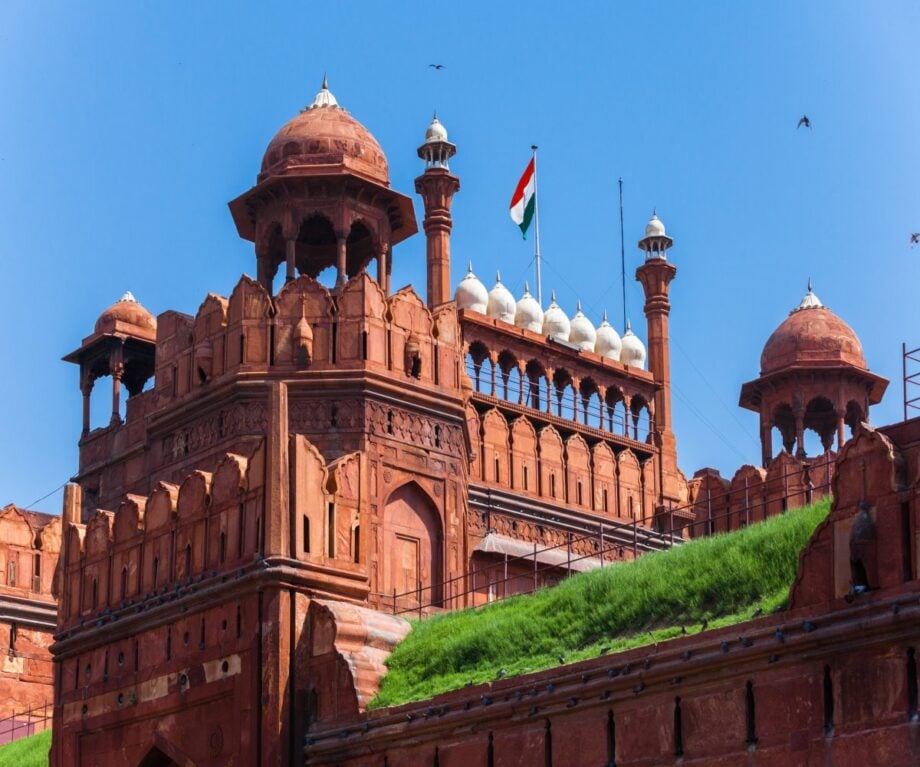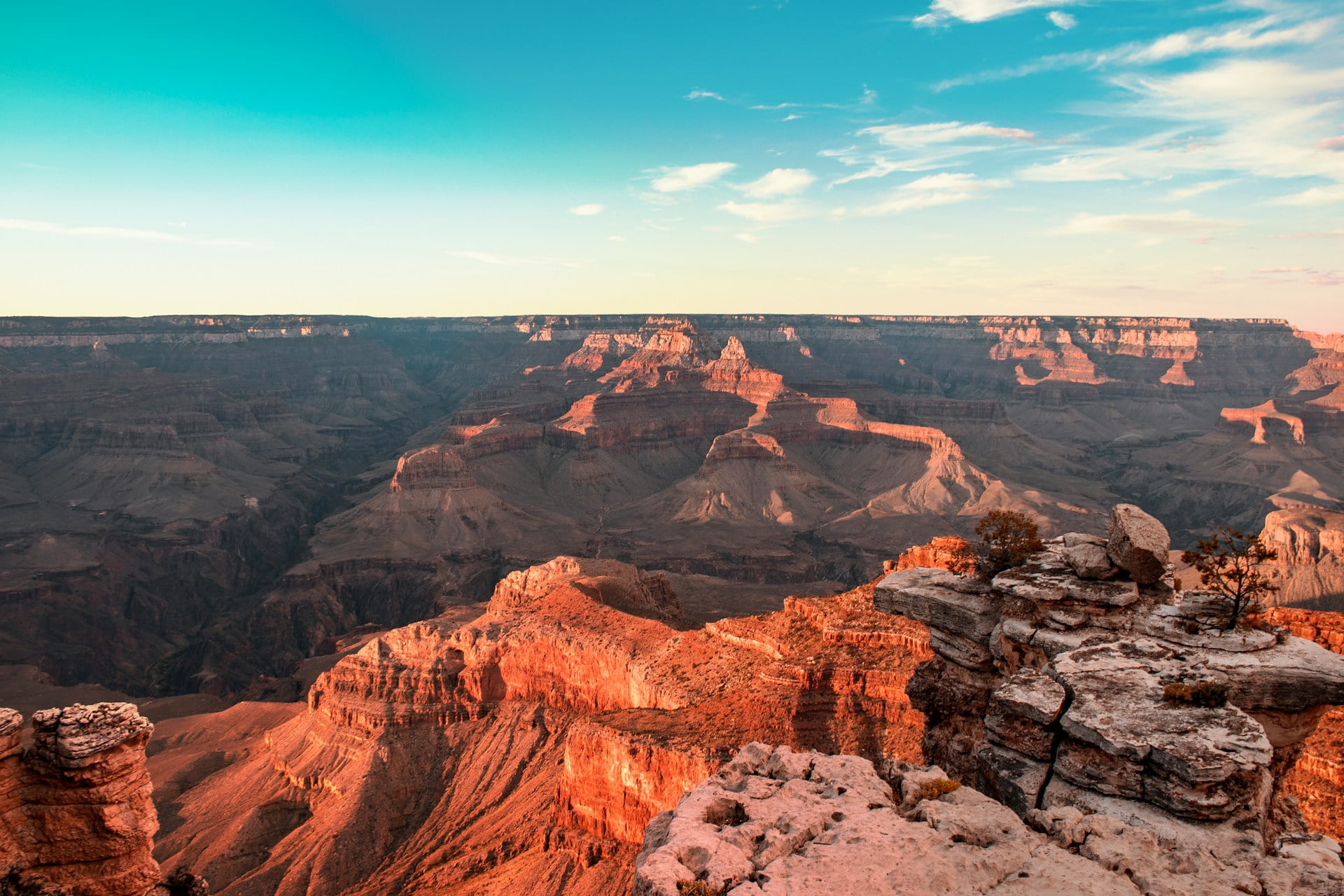As a subcontinent endowed with riches and countless natural blessings, India has historically been a coveted land for conquerors and invaders. From the ancient Aryan hordes, Alexander the Great, and Turko-Afghans to the Mughals and modern European Empires, India has seen a fair share of war and conquest.
Formidable forts and opulent palaces of India—which draw tens of millions of visitors every year—dot the landscape of this magnificent country.
Here is a list of the top 15 forts and palaces in India that you must visit.
Red Fort, Delhi
The magnificent fort residence of the Mughal Emperor of India, Delhi’s Lal Qila (Red Fort) is one of the capital’s proudest historical attractions.
This towering red stone fort that stands 76 feet high was built by Emperor Shahjahan (the man who also commissioned the Taj Mahal) in the mid-17th century. UNESCO declared the Red Fort a World Heritage Site in 2007. The Red Fort of Delhi replaced the Red Fort of Agra as the headquarters of the empire in the 1650s.
Inside this grand fort are several palaces, entertainment halls, geometric gardens, a mosque, the 60-pillored Diwan-i-Aam (Hall of Public Audience), and the Diwan-i-Khaas (Hall of Private Audience).
Delhi’s Lal Qila is one place you cannot miss in India.
City Palace, Jaipur
The City Palace is to Jaipur what the Lal Qila (Red Fort) is to Delhi—the headquarters and residence of the Maharaja of the erstwhile Kingdom of Jaipur.
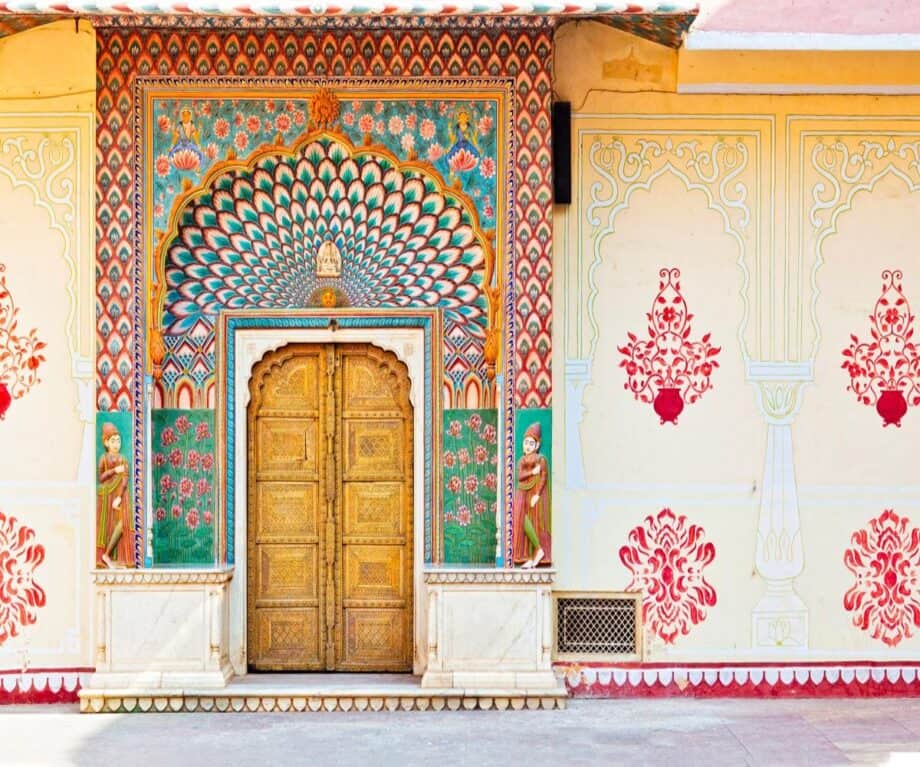
Considered the finest exhibit of a blend of Indo-Saracenic and Rajasthani styles of architecture, the opulent palace was built by Maharaja Sawai Jai Singh II in the 1720s. It remained the administrative headquarters of the kingdom until the independence of India in 1947.
Now, one of the top tourist attractions in the city, the City Palace complex houses the Sawai Man Singh II Museum, several other mini palaces (Chandra Mahal, Pritam Niwas, Mubarak Mahal, and Maharani Palace), several galleries and restaurants. The royal family still lives in a portion of the complex.
The City Palace is an absolute must-visit destination in the “Pink City.”
Amber Fort, Jaipur
The small city of Amber (also Amer) was the capital of the Kingdom of Kachhwaha Rajputs (later known popularly as the Kingdom of Jaipur). Located some 11 kilometers from Jaipur, Amer was abandoned by the Maharaja due to a rapidly growing population and water scarcity.
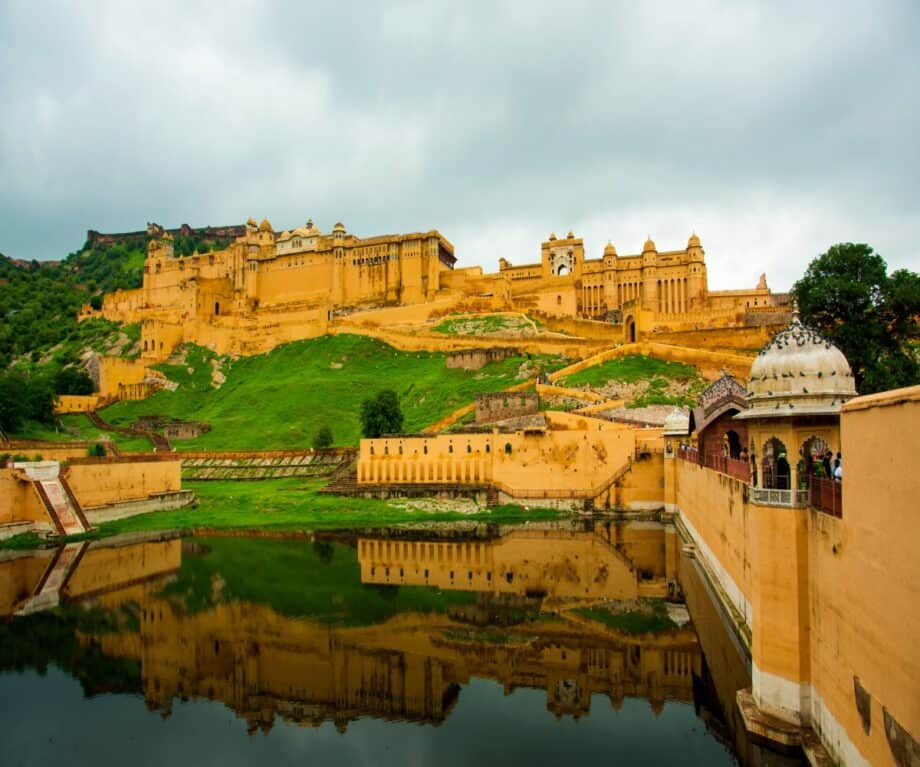
The Amber Fort which is located on top of the Amber Hill and overlooks the Maota Lake is a magnificent remnant of a once glorious center of the kingdom. Unlike the City Palace, the Amber Fort is a spectacle of pristine Rajasthani architecture with grand courtyards, pavilions, mini-palaces, audience halls, and ornate temples located within the premises.
Agra Fort, Agra
If you thought Agra was just about the Taj Mahal, you are in for a pleasant surprise. Agra’s Lal Qila (Red Fort) dates back to the Lodhi Dynasty (1504-1526) which was replaced by the Mughals in India.

The Red Fort was renovated and expanded by Mughal Emperors Babur, Humayun, and Akbar. Lying a mile and a half from the Taj Mahal, the Red Fort sprawls over 94 acres long at Yamuna River and stands seventy feet high. UNESCO declared it a World Heritage Site in 1984.
A blend of Central Asian, Persian, and Indian architectural influences, the fort houses the Sheesh Mahal (Mirror Palace), Moti Masjid (Pearl Mosque), Diwan-i-Khas (Hall of Private Audience), and offers a splendid vantage point to view the Taj Mahal.
Taj Falaknuma Palace, Hyderabad, Telangana
Taj Falaknuma (“Like the Sky” or “Mirror of Sky”) was built in the 1890s by the ruling family, the Nizams of Hyderabad.
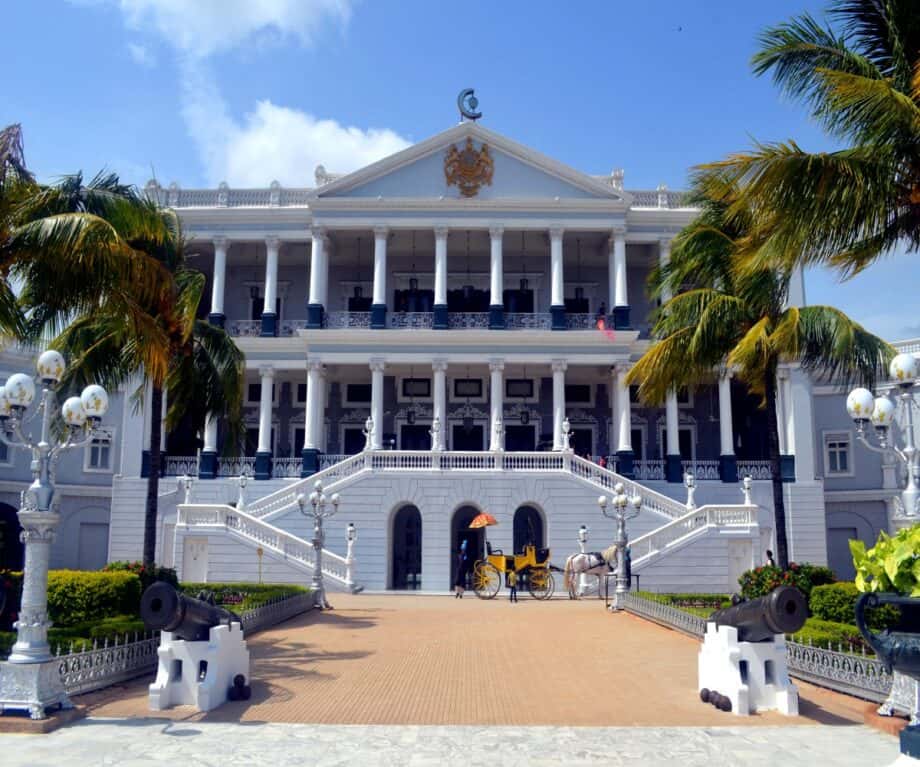
Unlike the other historic palaces of India, the Taj Falaknuma uses many architectural influences from Tudor Britain, and Italy. Designed by the British architect William Ward Marret, the all-white Falaknuma is made completely of Italian marble. It is located on a hillock which gives you excellent views of the city of Hyderabad.
Now operated by the Taj Group of luxury hotels, the Taj Falaknuma offers a splendid heritage stay as a 5-star accommodation with 60 rooms and suits. It also boasts paintings, antiques, manuscripts, furniture, and Venetian chandeliers from Nizam’s personal collection.
Gwalior Fort, Gwalior, Madhya Pradesh
The Gwalior Fort, which was originally built in the 10th century, is one of India’s greatest forts. Located on a hill in the central Indian state of Madhya Pradesh, the fort was renovated and rehabilitated to its current shape by the Rajput ruler Man Singh Tomar (1486-1516 AD).
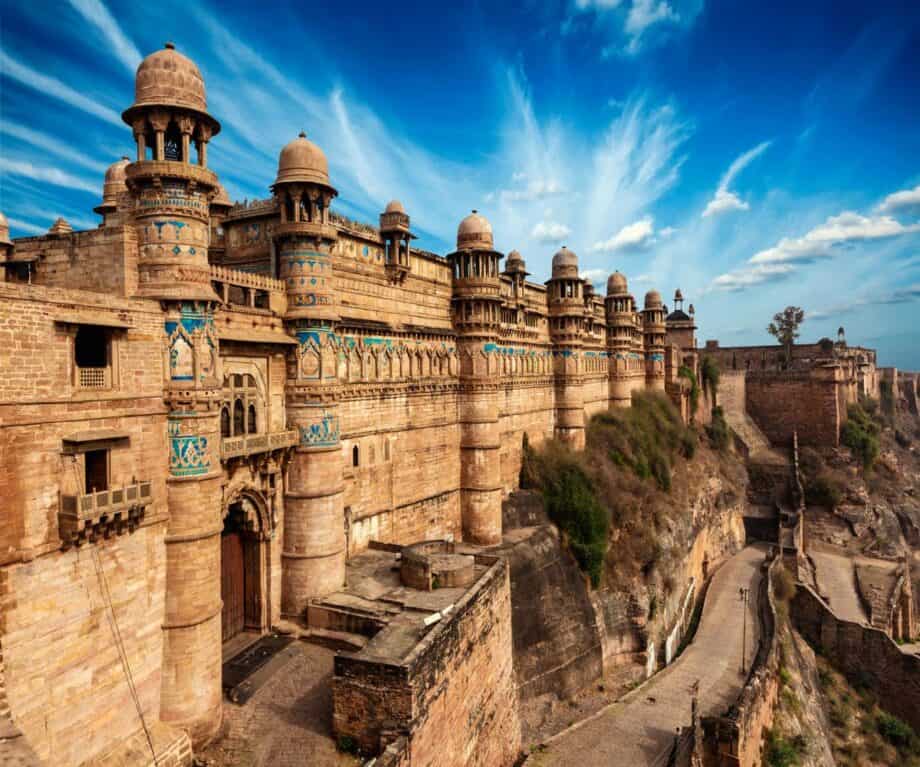
The Fort Complex has several palaces built during various eras over the last 1,000 years: the Man Mandir Palace, Karn Mahal and Hathi Pol, and Vikram Mahal.
Other attractions inside the fort include the Siddhachal Jain Temple Caves, the Gopachal Complex (with 1500 idols), the Teli Ka Mandir (temple), and the Gujari Mahal Museum.
Along with the ancient Bhimbetka Rock Shelters and the tiger safari of Kanha and Panna National Parks, the Gwalior Fort is among the key must-see places in Madhya Pradesh.
Mysore Palace, Karnataka
The City of Mysore (Mysuru) in Karnataka is known as the “City of Palaces” and is one of the most elegant places in Southern India. This palace is the grandest of the seven great palaces of the city.
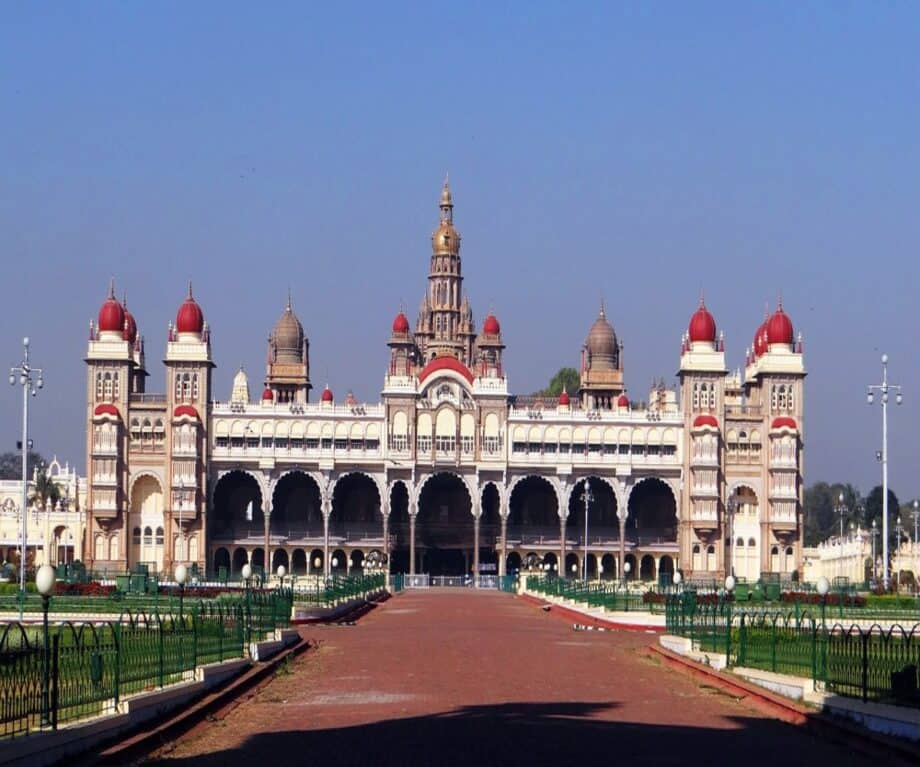
Also known as the Amba Vilas, the Mysore Palace was the seat of power of the Kingdom of Mysore (1799-1947 AD). Nestled in the heart of the city, the regal Mysore Palace faces Chamundi Hills.
The three-story gray granite structure of the Palace is a blend of Islamic, Rajput, and Gothic styles. Completed in 1913, the Palace was designed by the British architect Henry Irwin.
Jaisalmer Fort, Rajasthan
Jaisalmer is known as the “Golden City” of Rajasthan. The moniker comes from the golden-colored stones of its legendary Jaisalmer Fort. During the day time when the sun shines bright, the walls of the fort are lion color. In the twilight sunlight, the color fades to a dark honey-gold.

What makes this fort so remarkable is that one-fourth of the city still lives within its premises, and it is one of the very few “living forts” left in the world.
The construction of Jaisalmer is attributed to the Rajput Rule Jaisal in 1156 AD.
Umaid Bhawan Palace, Jodhpur
Considered one of the largest private residences in the world, the Umaid Bhawan Palace was built by Maharaja Umaid Singh, the ruler of Jodhpur. Now a luxury heritage hotel, the Umaid Bhawan boasts 347 rooms and suites. Construction began in 1929 and the palace was completed in 1943. The complex also houses a museum.
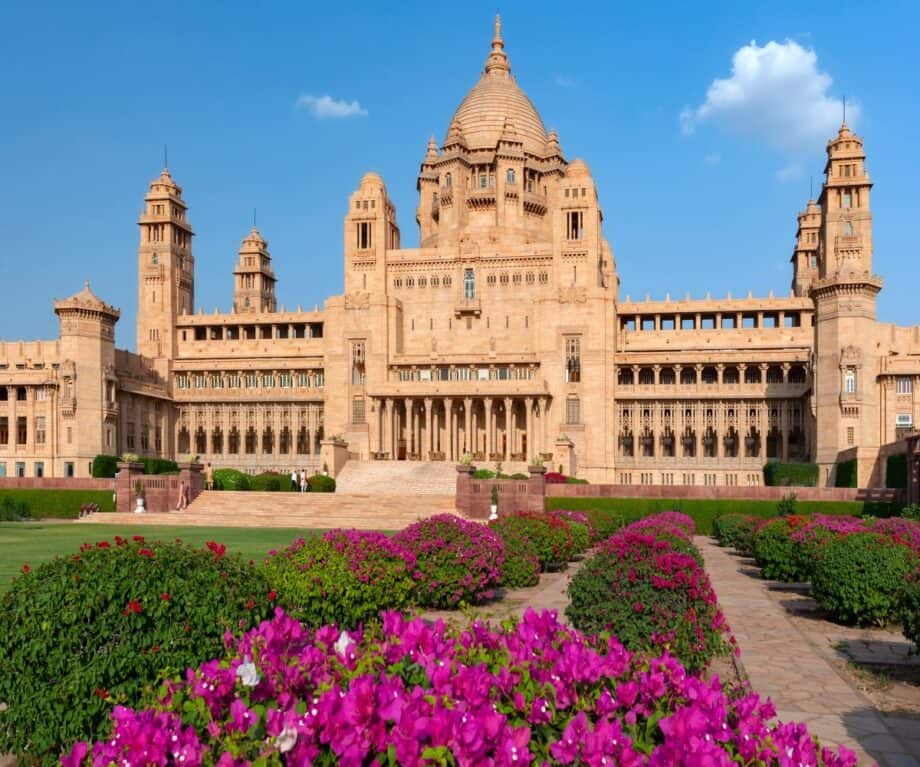
The architecture of the Palace is a fusion of Indo-Saracenic, Classical Revival, and Western Art Deco styles. The Umaid Bhawan Palace is one of the finest luxury accommodations to stay in India.
Junagarh Fort, Bikaner
Located in the heart of the city of Bikaner, the “Old Fort” of Junagarh was originally built in 1590s AD. Over the centuries, the city of Bikaner has expanded around it.
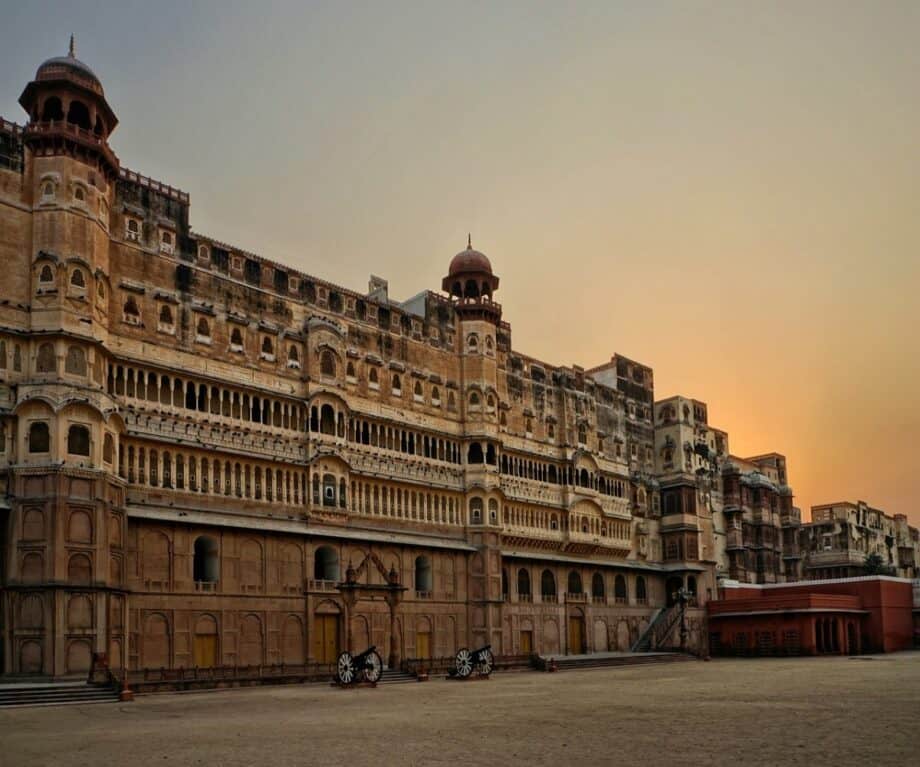
The Junagarh Fort is a fine blend of Rajput and Mughal architectural styles with ornate balconies, huge courtyards, and intricate carvings. Remarkably, this fort has never been conquered.
Inside the complex, there are several palaces like Chandra Mahal, Ganga Mahal, and Anup Mahal. It also houses an excellent museum that showcases the history of the fort and the Bikaner region.
Rambagh Palace, Jaipur
The Rambagh Palace is located 8km outside of the walled city of Jaipur. The building was originally constructed in 1835 AD as a home of the Queen’s favorite handmaiden and later a royal guest house and hunting lodge. Maharaja Sawai Man Singh repurposed it as a residential complex and made it his official residence in 1931.

Now converted into a luxury hotel operated by the Taj Group, the Rambagh Palace has been rated on TripAdvisor as the world’s finest luxury accommodation. Comprising 78 luxury rooms and suites, this Palace also features several specialty restaurants, a world-class spa, bars, cafés, a fitness center, an outdoor swimming pool, and a host of other 5-star amenities.
Rambagh has had the distinction of hosting Prince Charles, Viceroy Lord Louis Mountbatten, and Jacqueline Kennedy.
Chittorgarh Fort, Chittorgarh
The city of Chittorgarh was the capital of the Kingdom of Mewar before it was replaced by “the City of Lakes” Udaipur. The Chittorgarh Fort—considered the largest in India and Asia— was the principal headquarters of the kingdom and the residence of the Maharaja.
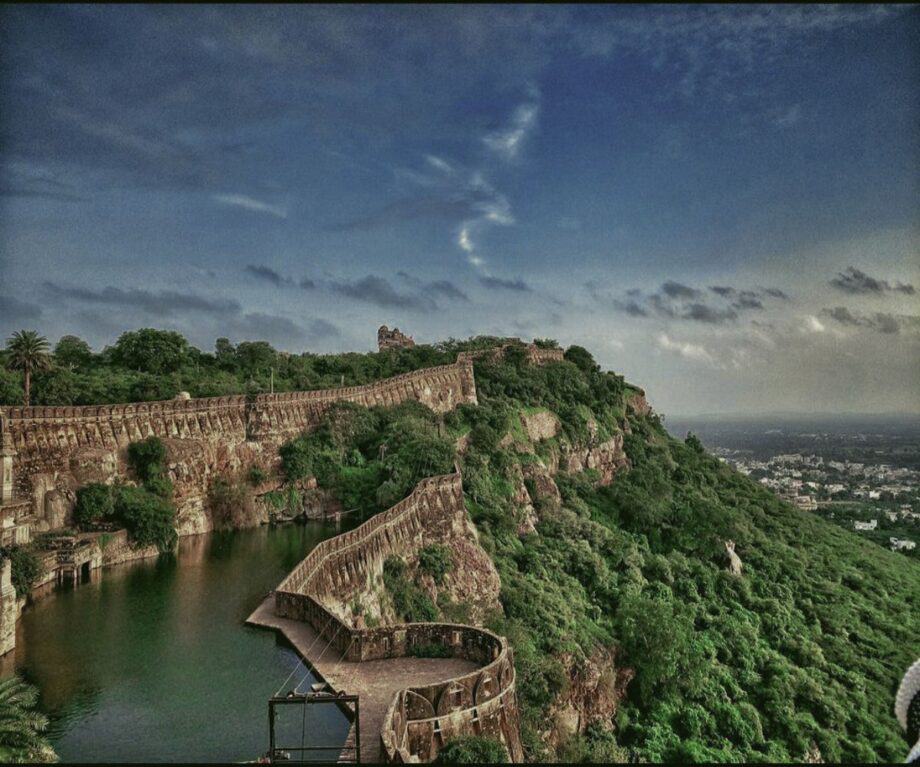
Sprawling over a mammoth area of 690 acres, this iconic fort (UNESCO World Heritage Site) is perched atop the Chittor hill 180 meters above ground level, towering over the plains and the Berach River below. The earliest constructions on the site are traced back to the 7th century to the Mauryan Empire.
Inside the complex are the Kalika Mata Temple (built in the 8th century), the nine-story Vijay Stambha (Victory Tower) built by Maharana Kumbha in the 15th century, the Kirti Stambh (built in the 12th century), and Rana Kumbha’s Palace (the birthplace of Maharana Udai Singh—founder of the city of Udaipur).
Golconda Fort, Telangana
Originally constructed by the Kakatiya Dynasty in the 11th century, the Golconda Fort located in Hyderabad is the oldest fort in southern India. The region flourished in the 17th century due to the diamond mines located nearby.
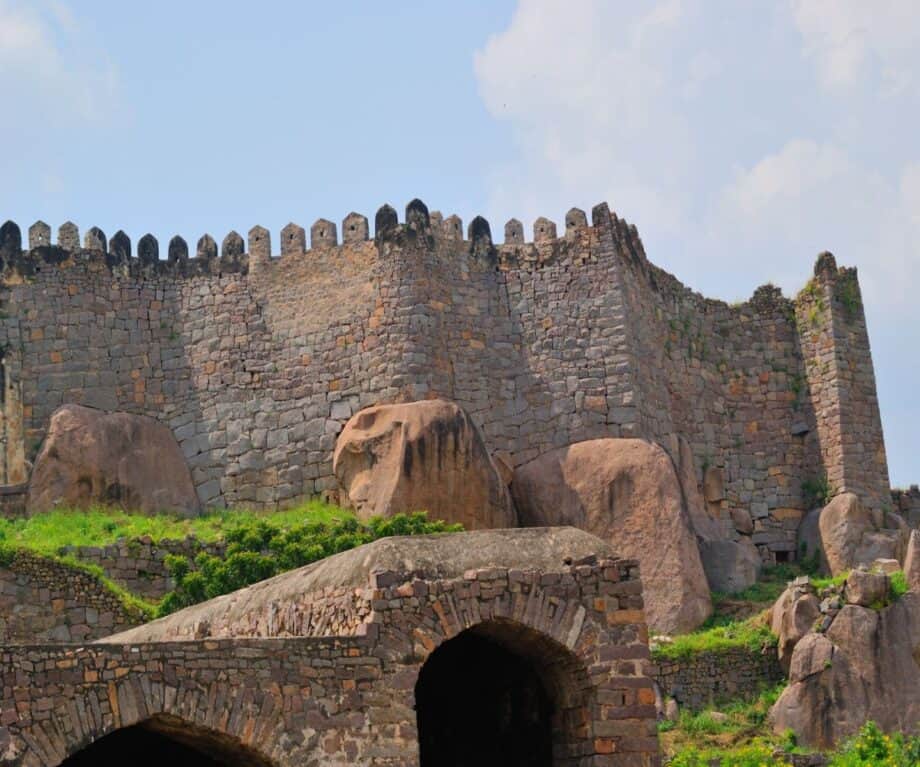
It is believed that the Koh-i-Noor (the biggest diamond in the world) and Hope Diamonds (extracted from nearby Kollur mines) were kept in a wall inside the fort.
The Golconda Fort complex comprises a palace, mosques, temples, tombs, and residential areas. You can get splendid views of the city of Hyderabad from its walls.
Mehrangarh Fort, Jodhpur
The Mehrangarh Fort is the principal tourist attraction in the “Blue City” of Jaipur. The word “Mehran” means the sun, and “Garh” means a fort.

Located on a hilltop that looks down on the city from a height of 122 meters, this famous “Fort of the Sun” was built by the famous Rajput ruler Rao Jodha in the 15th century. The fort also has two lakes, Ranisar and Padamsar.
The revered Chamunda Mataji Temple is also located inside the temple. It honors the goddess Kuldevi (patron goddess) of the Rathore Rajputs. It is also the site of the Rajasthan International Folk Festival and the World Sacred Spirit Festival.
Lake Palace, Udaipur
The Lake Palace is located on a small man-made island in the middle of the stunning Lake Pichola in Udaipur. Originally known as Jag Niwas, this palace was built as a summer retreat for the royal family of Mewar Kingdom in 1746. Its shining white color and Indo-Saracenic architecture often draw parallels to the Taj Mahal as it is constructed from the same white marble as the Taj Mahal. It was the site for the hit James Bond movie Octopussy in 1983. The Lake Palace is now a luxury hotel where you enjoy a 5-star hospitality experience.
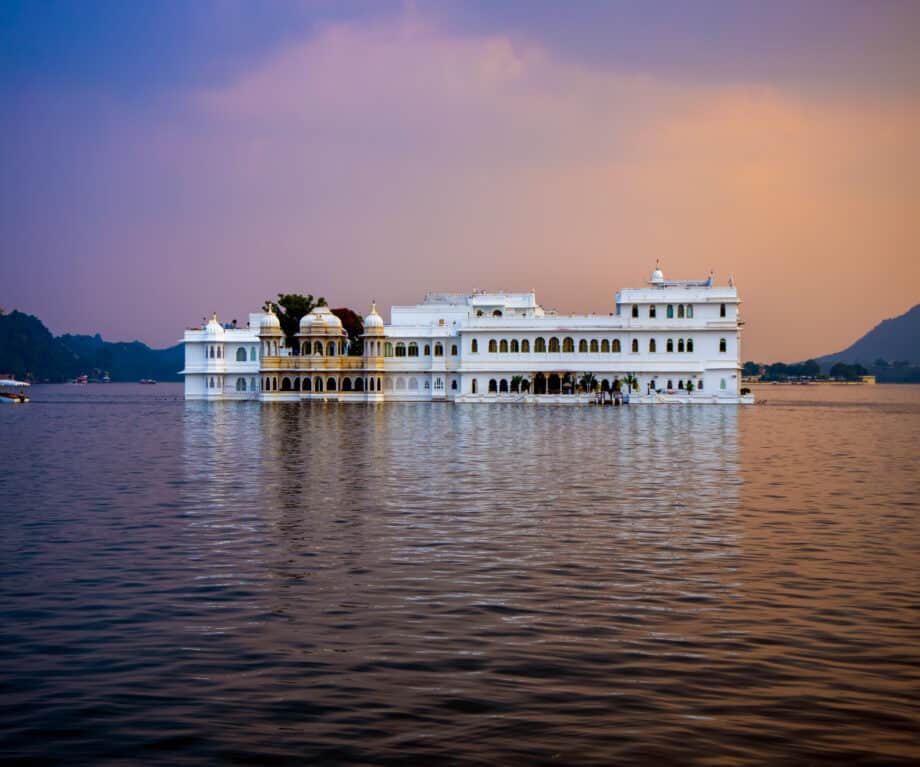
Did you enjoy this article?
Receive similar content direct to your inbox.
Please enable JavaScript in your browser to submit the form

